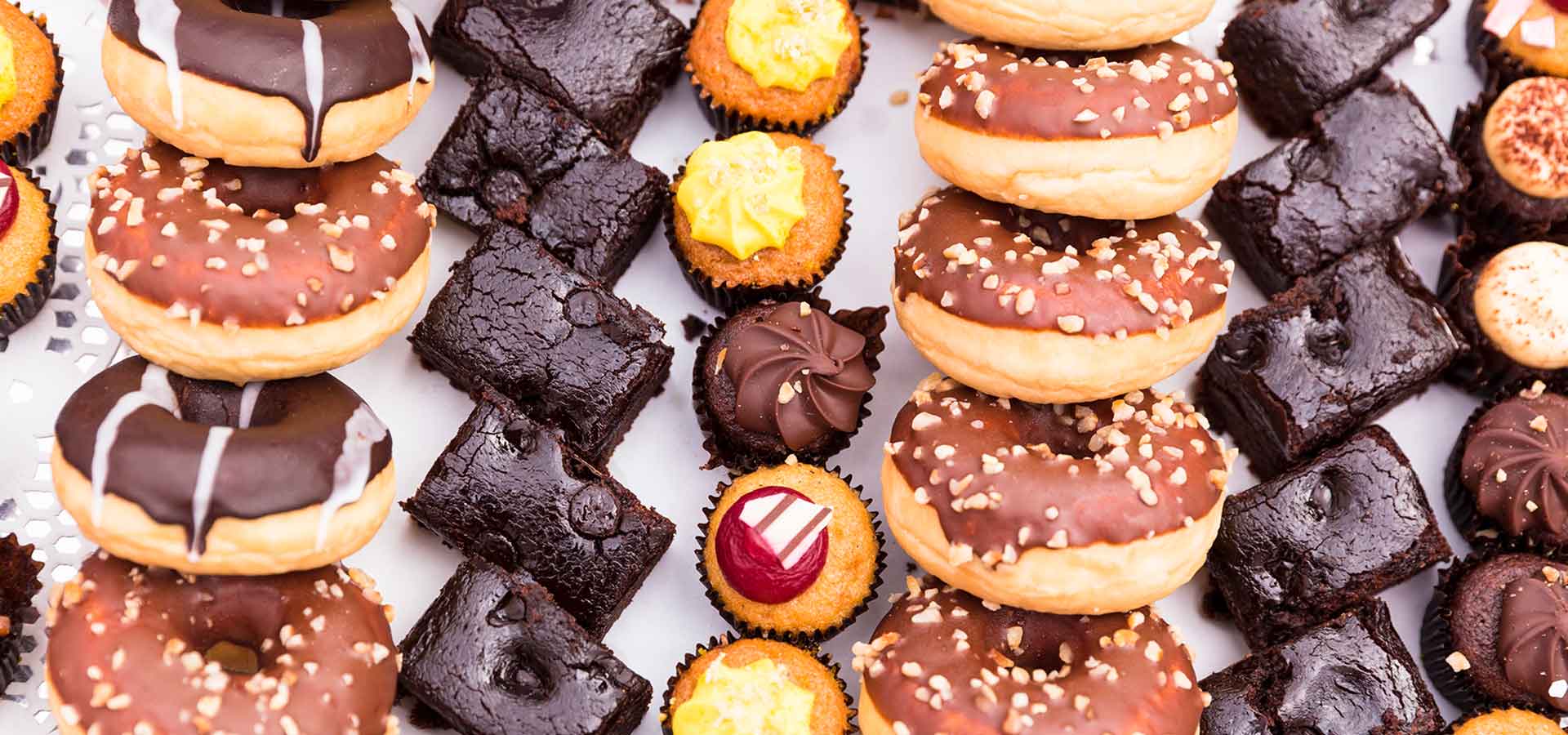Countless restaurants, mobile eateries and other food service establishments have cropped up across the globe. Each one has its own unique style, signature dishes and overall theme to draw in customers and wow the public. At the same time, each one also has its own distinct set of needs ranging from branding and marketing to menu changes and accounting services.
One of the most important underlying considerations they all face, though, is packaging. This universal aspect can potentially make or break a restaurant from several angles, so finding the right options is crucial. Unfortunately, it’s not always an easy choice.
Think about the Types of Foods Being Served
Cardboard is a popular choice for catering packaging and supplies. It’s affordable, environmentally friendly and versatile with various thicknesses and corrugation types available. This material can be used for a wide range of foods from pastries to sandwiches and beyond. It’s not right for all types of foods. Cardboard generally doesn’t hold up well to dishes with heavy sauces, such as pasta. If those types of foods are the ones you’re known for, other alternatives are probably more suitable.
Foam plates and clams are also flexible choices. They’re perfect for everything from pancakes and sausage to pastas and desserts. These days, several people are trying to veer away from foam packaging because it’s not the eco-friendliest option on the market. Still, it does have its place in the food service industry.
Plastic is also a widespread option. This type of packaging is available in an array of sizes, shapes and styles. It holds up well to virtually all types of foods whether they’re hot or cold, solid or liquid. It’s also recyclable, so as long as consumers take the time and effort to do their part, it doesn’t leave an irreversible footprint on the world. It won’t keep hot foods and beverages warm for very long.
Consider Your Budget
Cost is always a concern even for well-established international chains. When it comes to family-owned restaurants and smaller establishments, it’s certainly a significant factor. For those serving sandwiches, wraps and similar menu items, paper may very well be the most cost-effective choice. Of course, it’s not exactly the most versatile. Plastic is an affordable material with greater versatility, but it’s not well insulated. Foam falls somewhere in the middle of the spectrum.
Take Appearance into Account
How the food tastes are certainly more important than how pretty the packaging is. Ensuring it’s presentable is also a concern, though. In some cases, customers are put off by the packaging and too narrow-minded to dig deeper. Since presentation is an important piece of the puzzle, be sure the outer packaging for your offerings is as appealing as the food within.
All Things Considered
With a wide range of packaging options available, one of the most popular alternatives is sure to meet your needs without breaking the budget. Factor in cost, appearance and functionality before purchasing in bulk. Keeping an assortment of packages made from different materials on hand to accommodate various items on your menu could be the best way to go.



